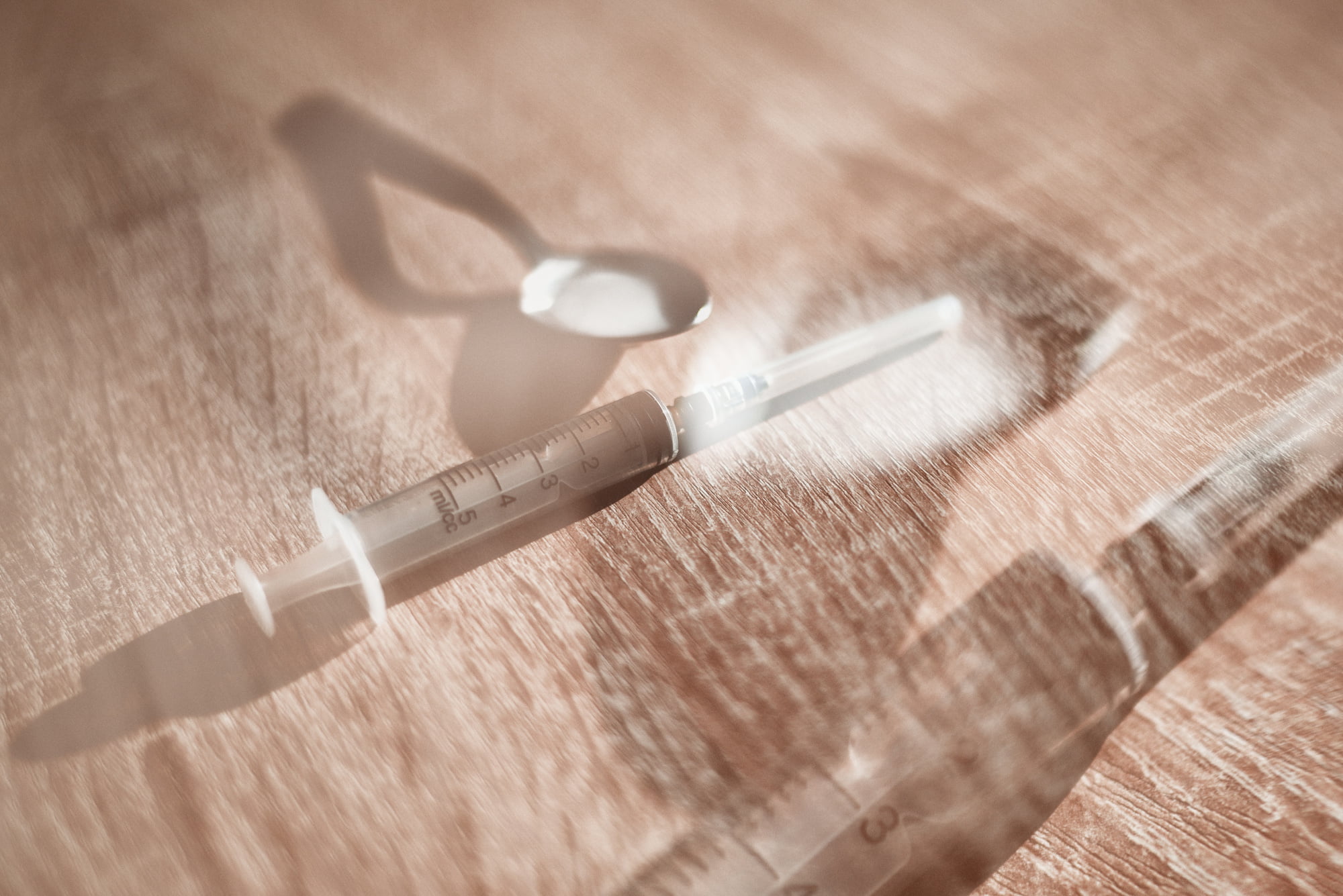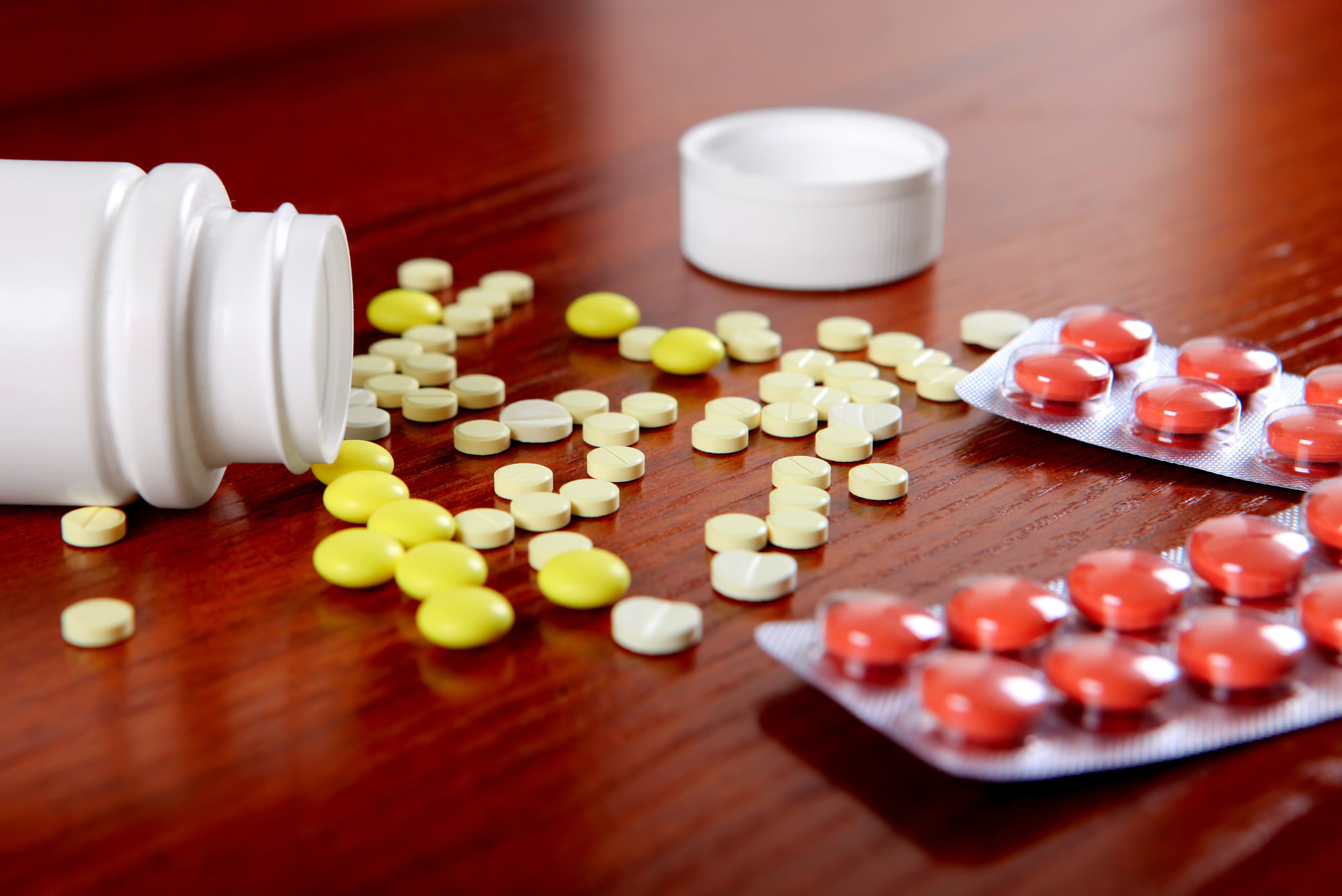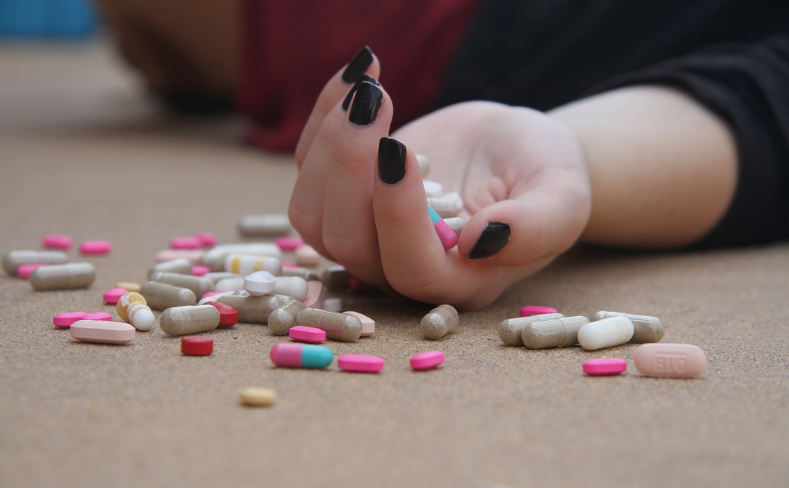4 Benefits & Risks of Performing Methadone Detox At Home
With an estimated 20 million people are dealing with types of substance use disorders, you’re not alone in your path to recovery. While there are many people who are dealing with similar issues, no two roads to recovery will look exactly the same. When you’re going through a methadone detox, make sure you’ve built a recovery program that’s shaped to your needs.
The increasing number of people who are choosing to perform their detox at home can thank increased research and accessibility to detox materials. Whether its the medication that aids detox or just the ability to talk about it in public, this is a great time to get healthier through recovery.
If you’re interested in finding ways of performing your methadone detox at home, make sure you know these 4 benefits and risks.
1. Familiar Surroundings
One of the benefits of handling your methadone detox at home is that you can feel comfortable in familiar surroundings. Whether you live with family members or alone, you can easily be found by the people who care about you. You’ll be in a place that feels like a home rather than someplace clinical.
Inside a hospital, you’ll be in surroundings that are completely alien. You might even have to ask someone if you want to use the bathroom. It can feel very stifling and difficult to regain your autonomy inside of a clinical detox facility.
However, one risk of running your detox at home is that you could be forced to interact with the people who might cause you to use in the first place. Some people have enablers in their life and experience addiction relapse triggers that are connected to members of their family or close friends. If you’re detoxing at home, you’ll be just a phone call or a knock on the door from people who might make you want to use.
Inside of a clinic, you’ll have to approve anyone who can visit. Clinics usually have security and locked doors that can protect your privacy and help to keep out anyone who might interfere with your recovery.
If you need space from the people in your life who are connected to your drug use, make sure detoxing at home can provide that protection.
2. Access to Medical Staff
One risk of doing your detox at home is being outside of the supervision of a medical professional.
Having access to medical staff could end up saving your life if you relapse or have trouble while detoxing. As your body flushes out toxins and gets over its dependency on a substance, it can cause facing opiate withdrawal symptoms. Untreated, withdrawal can cause life-threatening issues as your body goes into shock or attempts to overcompensate for the things its come to rely on.
Under the supervision of medical staff at a detox facility, their intervention could save your life.
However, if you’ve been in the hospital already and have started the process of detox, you won’t need this medical staff. The price of having them at your beck and call is what costs so much in a recovery facility. If you go to a facility unnecessarily, you could end up paying an arm and a leg for someone to bring you soup and medication every day.
If you’ve already overcome the initial shock of going through withdrawal, you don’t need medical staff as badly as someone who is just beginning. Skip the expensive medical bills and do your detox at home.
3. Freedom To Roam
Because many of the aforementioned detox facilities have you under lock and key, you might not be able to move as freely as possible. One of the benefits of detoxing at home is that you can go about your day at your own pace.
You might want to catch up with some healthy, sober friends for lunch or for an evening ball game. Under the supervision of a detox facility, this might not be a possibility. You might need to be home within a certain window of time or be back by a certain time in the evening.
If you detox at home, you get to make your own schedule.
One of the risks of your own schedule is falling into relapse without structure. Your home detox needs to have lots of structure built in, with some flexibility. If you make it too rigid, you’ll find that you get anxious and bored and could end up springing back into your old habits.
The best thing you can do is to have a schedule mapped out and some people to hold you accountable for it. When you have your day planned out, leaving room for time to have fun, you can do the things you love to do while making sure you cut out room to relapse. Idle time could let your mind drift into thinking about use.
4. Bounce Right Back
One of the benefits of detoxing at home is that you can get right back into the swing of things in your life. Maintaining the steady rhythm of things that you rely on and the way you like to live your life is important for people in recovery. Giving your new life a sense of normalcy allows you to feel the benefits of being sober.
One of the risks of being at home is that your choice to bounce right back could lead you to the stressors that caused your issue in the first place. If work stress was causing you to use, being back in the office right after detox could cause those feelings to return.
Ensure you’ve built a healthy barrier between the things that trigger use and the things that make you feel good about your life.
Methadone Detox At Home Takes Preparations
As long as you’re well prepared to treat yourself at home, you should know that methadone helps more than it hurts when detoxing. The biggest hurdles to detoxing at home are the number of triggers you could encounter or people who enable your usage. Make sure you draw a line that can separate you from one another and you should find recovery to be easy. To find out more information or locate methadone clinics nearby contact (855) 976-2092.
Sources:
SAMHSA. (2019, January 30). Mental Health and Substance Use Disorders. Retrieved from U.S. Department of Health & Human Services: https://www.samhsa.gov/find-help/disorders
Psy.D, M. R. (2015, January 08). 5 Steps for Managing Your Emotional Triggers. Retrieved from Psychology Today: https://www.psychologytoday.com/us/blog/wander-woman/201507/5-steps-managing-your-emotional-triggers








